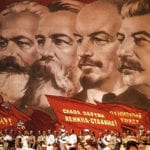 Music
Music  Music
Music  History
History 10 Less Than Jolly Events That Occurred on December 25
 Weird Stuff
Weird Stuff 10 Funny Ways That Researchers Overthink Christmas
 Politics
Politics 10 Political Scandals That Sent Crowds Into the Streets
 Weird Stuff
Weird Stuff Ten Bizarre Facts About The Doge Meme
 Our World
Our World 10 Ways Your Christmas Tree Is More Lit Than You Think
 Movies and TV
Movies and TV The 10 Coolest Stars to Set Sail on The Love Boat
 History
History 10 Things You Didn’t Know About the American National Anthem
 Technology
Technology Top 10 Everyday Tech Buzzwords That Hide a Darker Past
 Humans
Humans 10 Everyday Human Behaviors That Are Actually Survival Instincts
 Music
Music 10 Surprising Origin Stories of Your Favorite Holiday Songs
 History
History 10 Less Than Jolly Events That Occurred on December 25
 Weird Stuff
Weird Stuff 10 Funny Ways That Researchers Overthink Christmas
Who's Behind Listverse?

Jamie Frater
Head Editor
Jamie founded Listverse due to an insatiable desire to share fascinating, obscure, and bizarre facts. He has been a guest speaker on numerous national radio and television stations and is a five time published author.
More About Us Politics
Politics 10 Political Scandals That Sent Crowds Into the Streets
 Weird Stuff
Weird Stuff Ten Bizarre Facts About The Doge Meme
 Our World
Our World 10 Ways Your Christmas Tree Is More Lit Than You Think
 Movies and TV
Movies and TV The 10 Coolest Stars to Set Sail on The Love Boat
 History
History 10 Things You Didn’t Know About the American National Anthem
 Technology
Technology Top 10 Everyday Tech Buzzwords That Hide a Darker Past
 Humans
Humans 10 Everyday Human Behaviors That Are Actually Survival Instincts
10 Positive Things The Soviet Union Did
The Soviet Union was one of the most repressive and deadly regimes in history, and many outright atrocities were committed against the Soviet people through the years. But even the worst governments may do something right. For the Soviet Union, most of these things were a huge contradiction to other Soviet policies.
10 Active Women In Politics
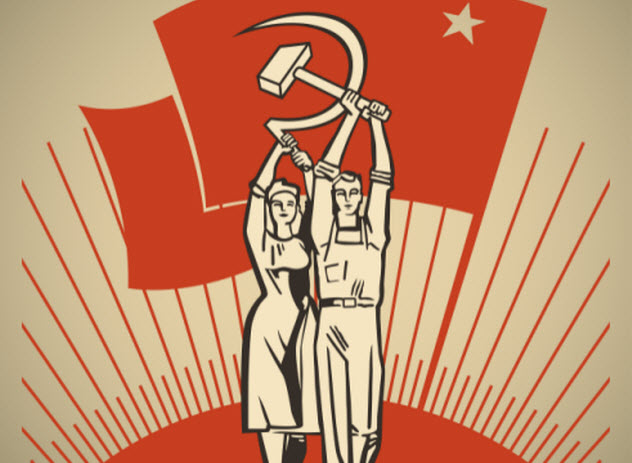
The Soviet Union was ahead of the West in women’s rights. Although many of their rights were given out of necessity, Soviet women had more opportunity in employment and politics than Western women for most of the 20th century.
By law, women in the Soviet Union had the same employment opportunities as men and tended to work in jobs that Western women couldn’t. However, that was a double-edged sword because Soviet culture also demanded that women take care of housekeeping after their day jobs. As a result, women spent more time working than men.
Soviet women were also better represented in politics than Western women, especially in the early 20th century. In the 1920s, 600 Soviet women were chairmen (similar to mayors) of their towns and villages and almost 6.5 million were politically active.
Soviet women also served in military combat roles long before their Western counterparts, with many women gaining notoriety as snipers and fighter pilots during World War II.
The perceived rights of women in the USSR influenced suffrage movements in the West. In 1917, the Soviet Union granted women the right to vote. It’s debatable how much of a right this actually was, but Soviet suffrage was attractive to some Western feminists. The fear of having women become Soviet sympathizers was one of the many reasons that women were granted the right to vote in the US and other Western countries.
9 Effective Public Transit
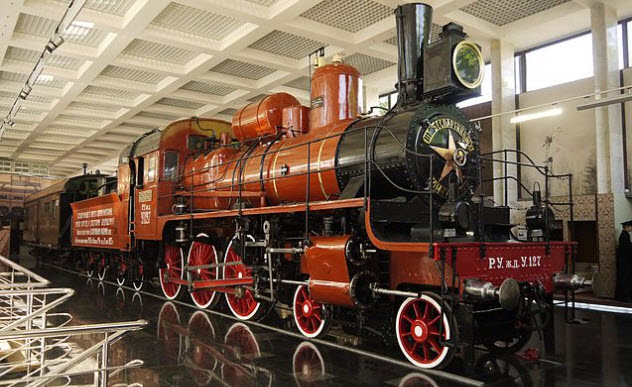
Most people in the Soviet Union did not own cars, which meant that the government had to offer public transit for its citizens out of necessity. Public transit was extremely cheap and even free in some cases. Generally, it got people where they needed to go.
Although the Soviet public transit system was slow and uncomfortable at times, it became a huge part of Soviet life. Major cities such as Moscow also had easy-to-use metro systems, which had some of the most beautiful stops in the world.
The Soviet rail system was also excellent. It transported far more material than the US railway system of the same era. Since the Soviets tended to have more rail lines than the US, it was easier for Soviet citizens to travel from city to city but not out of the country.
8 Free Vacations
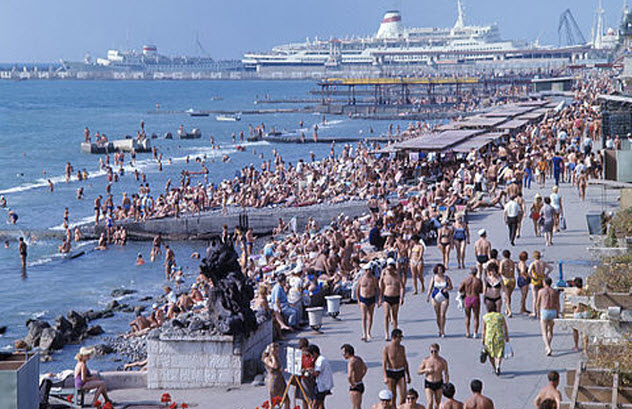
Shockingly, the Soviet Union encouraged tourism within its borders. By law, workers got two weeks off from work every year and were given vouchers to travel to certain tourist destinations, including Sochi. Vouchers to Sochi were given either in the winter or the summer.
Unfortunately, corruption crept into the system, with high-ranking officials consistently getting prime vacation times during the summer. But overall, the Soviet Union emphasized vacations as a part of communist life.
The use of free vacations played a practical role for Soviet leaders. First, it was an attempt to ensure loyalty by giving people some positive impressions about the government. Second, it gave the Soviet people a feeling of independence and empowerment, which was sorely missing from other aspects of their lives. Third, it allowed workers to rest and recover from their jobs, which was meant to ensure peak production when they returned to work.
New mothers also received free maternity leave as part of the Soviet health insurance system. This allowed mothers to take time off with their babies while having access to necessary medical care.
7 Montage Theory In Film

Soviet films were one of the high points of the regime, but it is impossible to overstate how important those films were to modern filmmaking. One of their biggest impacts was the montage theory of editing, which was propelled by Sergei Eisenstein through his various movies.
The montage theory simply states that movies are actually made in the editing process. It is the juxtaposition of shots that drives emotion and makes a movie unique.
This theory spawned the film art of editing, which is still influential today. Older movies generally had long shots that did not use different editing styles. But Eisenstein’s films used different shot lengths and the juxtaposition of different images to drive the narrative in his movies, making them interesting and exciting for audiences.
The impact of his work is seen all through the film industry today. Action movies use quick cuts while more serious movies use somber techniques. Almost every film today owes something to Eisenstein’s montage theories.
Montage theory also influenced Soviet filmmakers to try other experiments with film. For example, experimental filmmaker Lev Kuleshov showed that editing can elicit different emotions in the audience even when using the same shots. In one of his films, he placed a shot of a man with a blank face between various images, such as bowls of soup and dead babies.
Audiences praised the actor’s subtle performance in demonstrating different emotions like sadness or hunger, even though his face never changed. In 1964, Alfred Hitchcock praised this technique, calling it the essence of filmmaking.
The Kuleshov effect shows up in many different films, including the final scene of Star Wars: The Force Awakens where the editing of the shots drives the emotions of the scene. In a way, the Soviet filmmakers invented modern cinema.
6 First Country In Europe To Support Reproductive Rights

In 1920, the Soviet Union became the first country in Europe to completely legalize abortions for women. It was not until 1936 that another European country caught up to the Soviet Union. That was the year that Iceland legalized abortions.
At that time, abortions were considered the main form of contraception, which is different from modern trends. But it did place the Soviet Union at the forefront of reproductive rights at the time.
Like many things in the Soviet Union, reproductive rights suffered during the Stalin era. Concerned with low population growth, Stalin outlawed abortions in 1936, just as Iceland was legalizing them.
In 1955, Soviet women were permitted to have abortions again. At the time, this was a limited right, only applying in cases where the mother’s life was in jeopardy. Later, universal reproductive rights were reestablished.
Soviet abortion policy was seen as following Leninist ideologies, which promoted the idea that a woman should not be forced to have an unwanted baby. Over time, abortions became increasingly commonplace in the Soviet Union, with most women having at least one during their lifetimes. Still, the Soviet Union was at the forefront of reproductive rights legislation in Europe.
5 Effective Recycling Program

For a country that had huge issues with environmental contamination, the Soviet Union and its puppet states had a large-scale recycling program for their citizens. In the 1970s, Soviet leaders began to set up recycling services that were extensive for the time, even if most people took a while to use them.
Twenty Soviet cities had major recycling plants for paper, with almost 30 percent of all paper recycled in the Soviet Union during the 1980s. Compared to the 270 kilograms (600 lb) of paper used by Americans per capita in 1989, people in the former Soviet Union only used about 10 kilograms (25 lb) per capita that year.
This was partly due to the Soviet culture of reusing material. Soviet citizens also had access to glass recycling centers that sometimes paid them to return glass bottles.
During the Soviet regime, plastic was rarely used in consumer goods. Plastic bags did not appear until the 1980s. For most of the Soviet years, people reused their bags or used their own containers when shopping for food. Plastic bottles were also uncommon, with most bottles made of glass and easily recyclable. This reduced the amount of waste produced by the average citizen and compared favorably to other industrial countries.
4 Ostensible Support For Anticolonialism

Part of the Soviet strategy was a strict rejection of Western colonialism. To this end, they spent money and time aiding third-world countries in their battles for independence against colonial forces.
The Soviet Union provided most of this aid to countries in Africa, which worked to gain freedom from colonial forces through most of the Cold War. Aid often took the form of weaponry and technical help for warring nations.
One of the most profound examples of help occurred when the Soviets provided support for India’s independence. The two countries forged an alliance that continued throughout the Cold War and allowed India to stay independent.
Some politicians and historians disagree on whether Soviet anticolonial aid was a good thing or a bad thing. But it generally allowed these countries to gain independence that they otherwise would not have achieved.
The dark side of this aid was that Soviet foreign policies were just as colonial as Western policies. They often treated countries in their Central European zones of control as Soviet colonies.
In hindsight, the colonial aspects of Soviet foreign policy are clear. But it is also clear that the Soviet Union helped many countries to gain their independence from other colonial masters.
3 Effective Industrialization
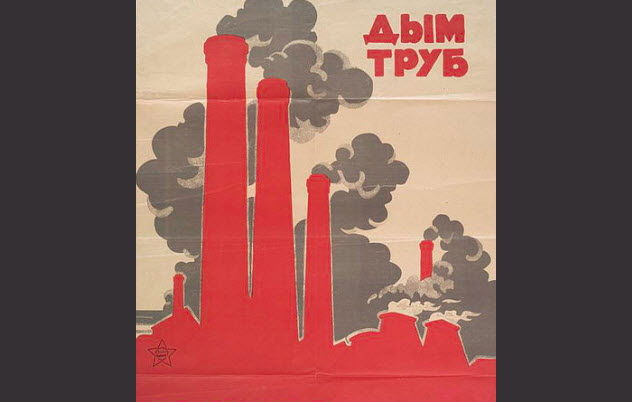
Before the rise of the Soviet Union, Russia was mostly an agrarian country that did not have an effective industrial economy. In this way, it lagged far behind other countries in Europe. However, one of the most important things that the Soviet regime did for its country was to bring it into the modern world.
During the Stalin era, the Soviet Union underwent a massive industrialization process. The minor economy of the tsarist era was transformed into an industrial powerhouse that rivaled other first-world countries.
All of this happened in the 10-year period from 1928 to 1938. Overall, the Soviet Union industrialized at a faster rate than any other country previously had, which improved the lifestyles of its citizens.
Between 1929 and 1934, the Soviet Union achieved a 50 percent increase in industrial growth and an average annual growth rate of 18 percent, which was an unprecedented leap in output.
Of course, the news wasn’t all good. Many products manufactured in the Soviet Union were of low quality. But industrialization helped the USSR to become a first-world country. Former Soviet states like Russia and Ukraine became effective world economies.
2 Free Education
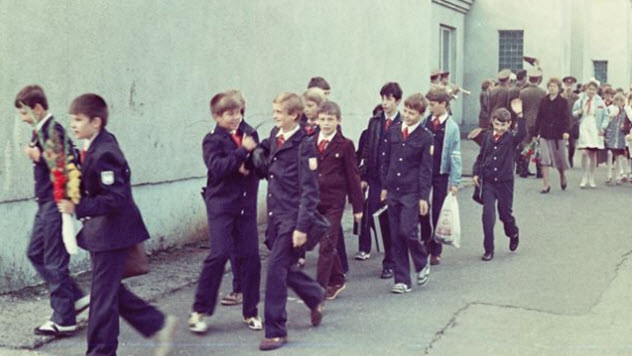
The Soviet Union emphasized education, especially in science and engineering. Soviet law guaranteed all citizens a free education regardless of their social standing or income.
Unlike other countries at the time, this education extended to college and postgraduate work. Some people received their doctorates without paying tuition. The education plan covered all costs of attending school, including textbooks and school supplies.
The Soviets also built universities and extended the possibility of education to developing republics in the USSR where education had previously been unavailable. For example, Belarus had no universities before the Soviet Union existed. By the time the Soviet Union collapsed in 1991, Belarus had 22 universities.
The effectiveness of the Soviet education system is clear from the number of great scientists and mathematicians that came out of the country.
1 Drug-Free Neighborhoods
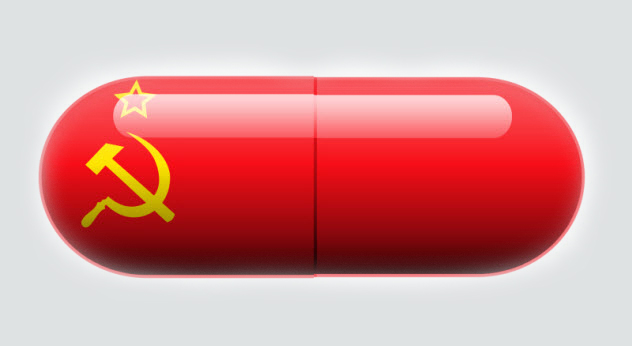
Throughout its history, the Soviet Union had strict drug control, which became more repressive over time. This was the opposite of the trends in the West. Soviet policies focused on criminalization of drug use and did not do much with drug rehabilitation or addiction recovery. But it did result in essentially drug-free neighborhoods.
Soviet politicians and writers considered drug use to be a decadence caused by capitalism. As a result, the Soviets went to great lengths to stop any drugs, including the full list of drugs cataloged by the UN Convention Against Illicit Traffic in Narcotic Drugs and Psychotropic Substances. This included strict bans on opiates.
Of course, there were still drug users in the Soviet Union. But their number was incredibly small, mainly confined to elitists and people in prison. Both groups got their drugs from gypsies who smuggled them into the country.
In the 1980s, the Soviet government had much more difficulty controlling the influx of drugs, which caused a surge in the drug culture. Most of these new users were young people who saw drugs as a way to imitate Western culture.
Increased drug use also came from Soviet soldiers returning from Afghanistan, where they first took illegal narcotics. When the Soviet Union fell, the drug control laws did as well, leaving Russia with the narcotics problem that it has today.
Zachery Brasier is a physics student who likes to write on the side. Check out his personal blog at zacherybrasier.com.
